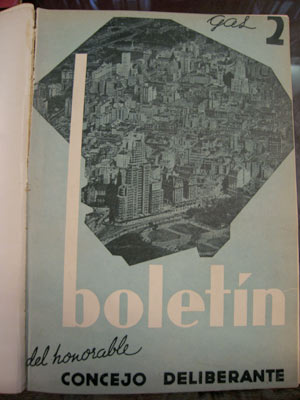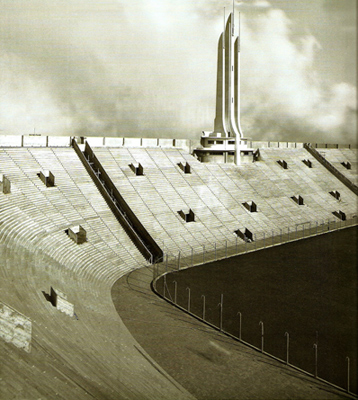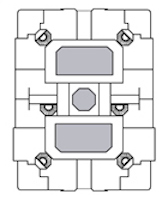parque patricios
housing for the masses: casa colectiva patricios, 1939
The 1930s weren’t good for housing projects in Buenos Aires. No doubt due to worldwide recession, workers had neither the government nor private organizations to look after them. Remember Barrio Rawson was finished in 1934 & the Casa Colectiva América in 1937… only two projects since 1928 is hardly a good track record or very helpful to those in need. By 1939, the program got back on track & two more projects were completed.
Read More »housing for the masses: casa colectiva patricios, 1939housing for the masses: unbuilt bereterbide

Something that caught my eye while I was researching the history of BA housing is the large number of projects that were never built. Lots of factors prevented plans from becoming a reality… lack of funds, disagreement over execution, problems purchasing land, excessive construction costs, or even international conflicts. Take your pick. So when I come across plans of projects that could have been, it’s a bit like discovering a time capsule.
Read More »housing for the masses: unbuilt bereterbidehousing for the masses: microbarrio la colonia, 1914
Initially I hadn’t planned on writing about this particular housing project, but Friday I spent a couple hours at the Instituto Histórico & found an article about it written by their staff in 1987. Since there is relatively little info anywhere else about this, I thought I’d post it for anyone who might be interested.
Read More »housing for the masses: microbarrio la colonia, 1914housing for the masses: casa colectiva valentín alsina, 1919
Inspired by the action of Azucena Butteler, numerous private & public schemes were proposed to acquire funds needed for housing projects. Some of the proposals were: government allocations directly controlled by Congress, a direct tax on Jockey Club members, or loans for low-income government employees underwritten by the Central Bank. It was finally decided that 75% of the Jockey Club’s profits from Thursday horse races were to be donated to a general housing construction fund. Money began to flow in, but how should the government use it?
Read More »housing for the masses: casa colectiva valentín alsina, 1919


